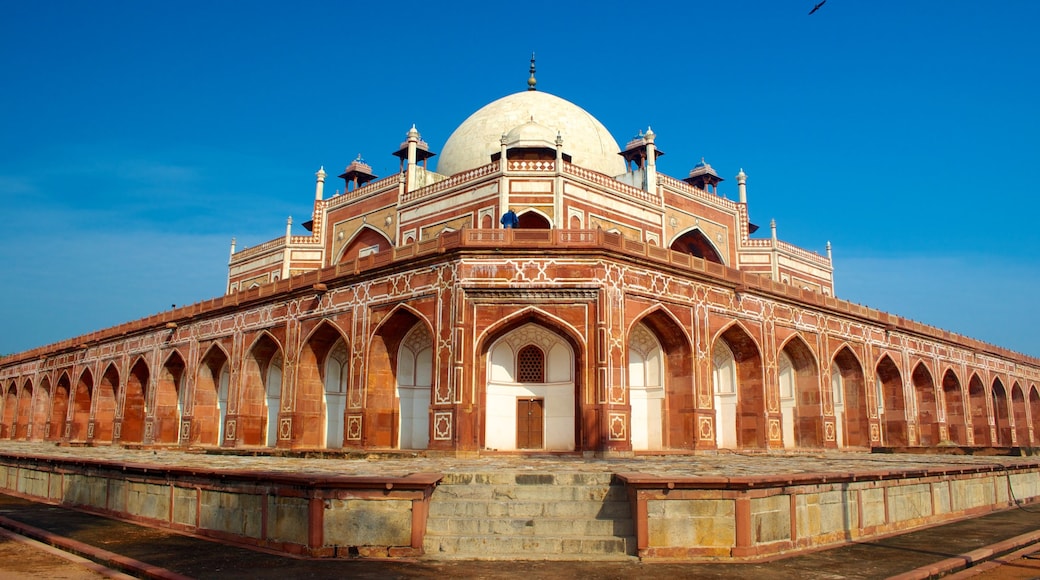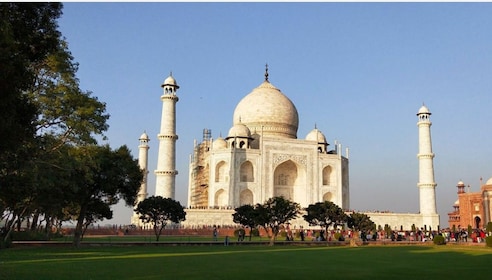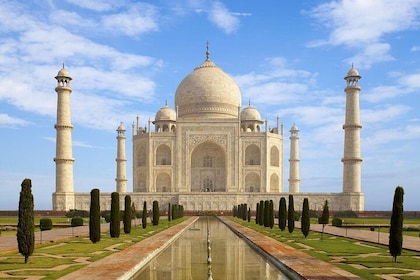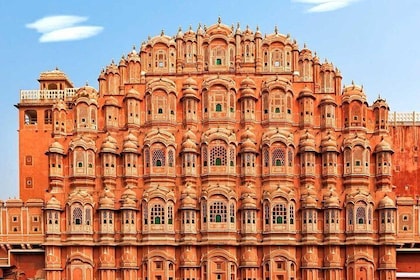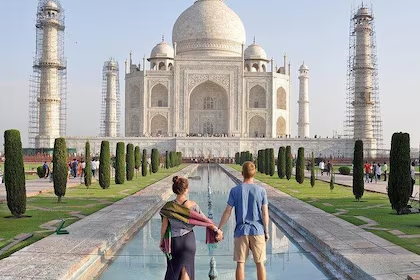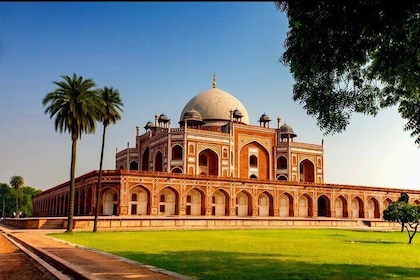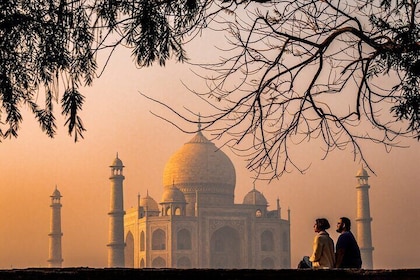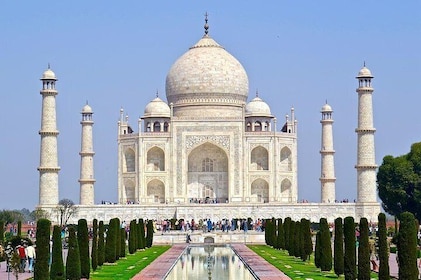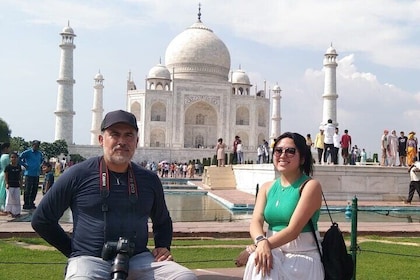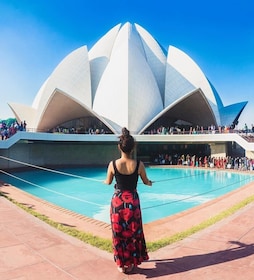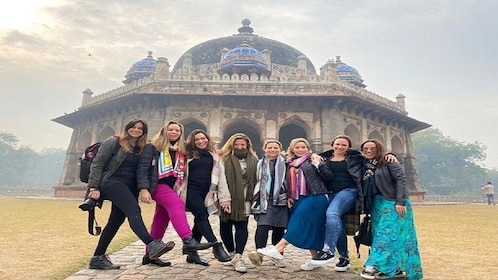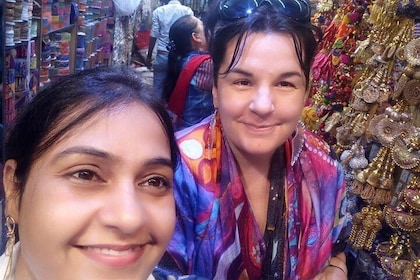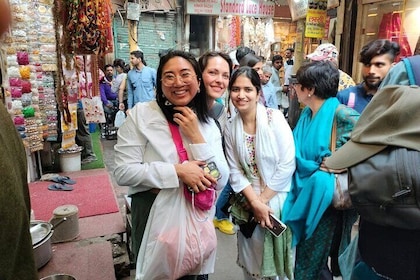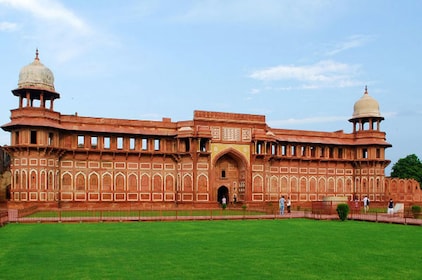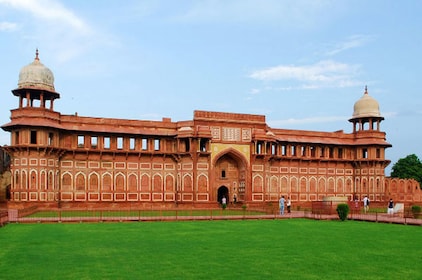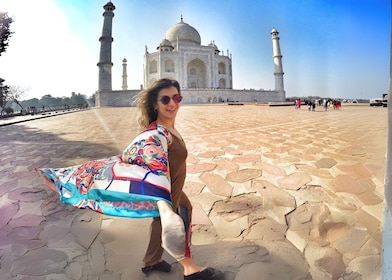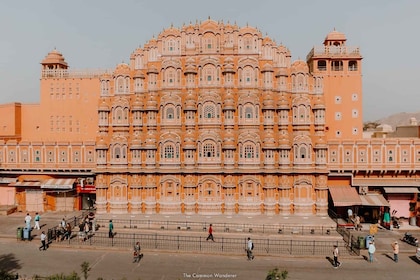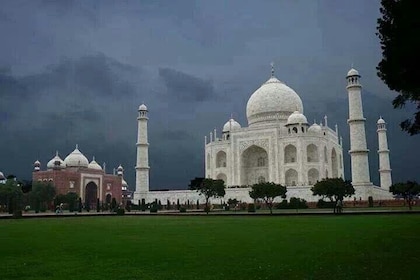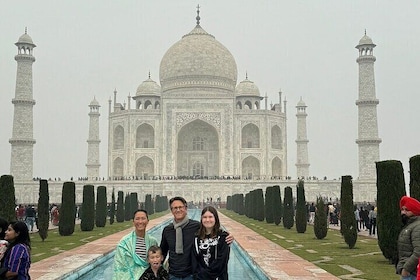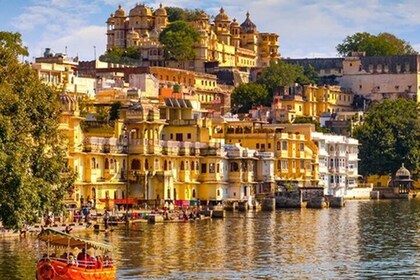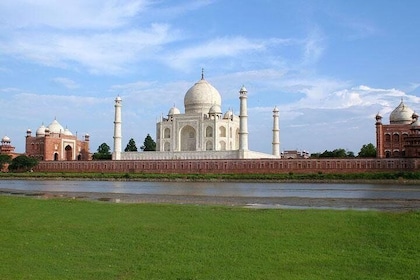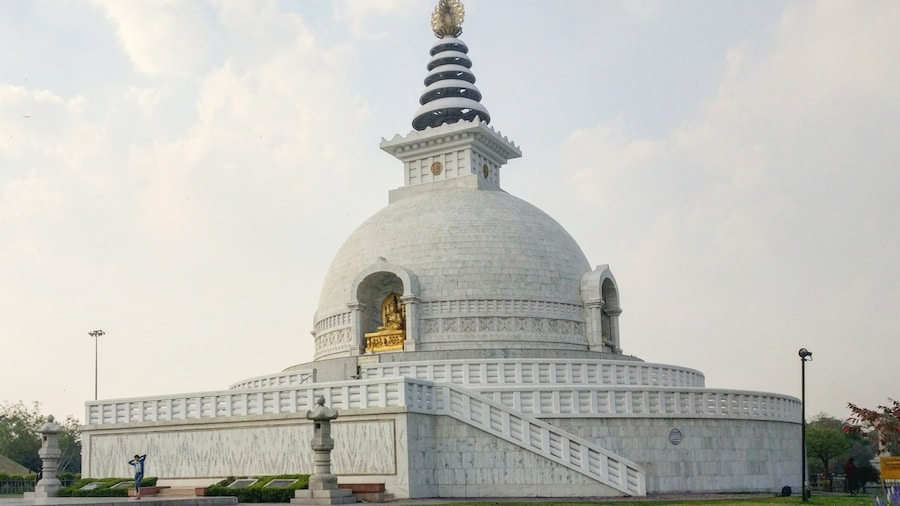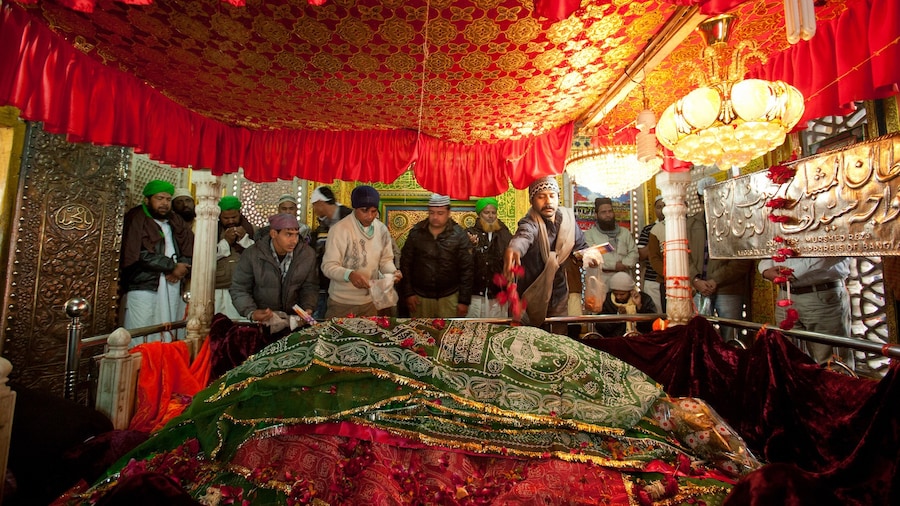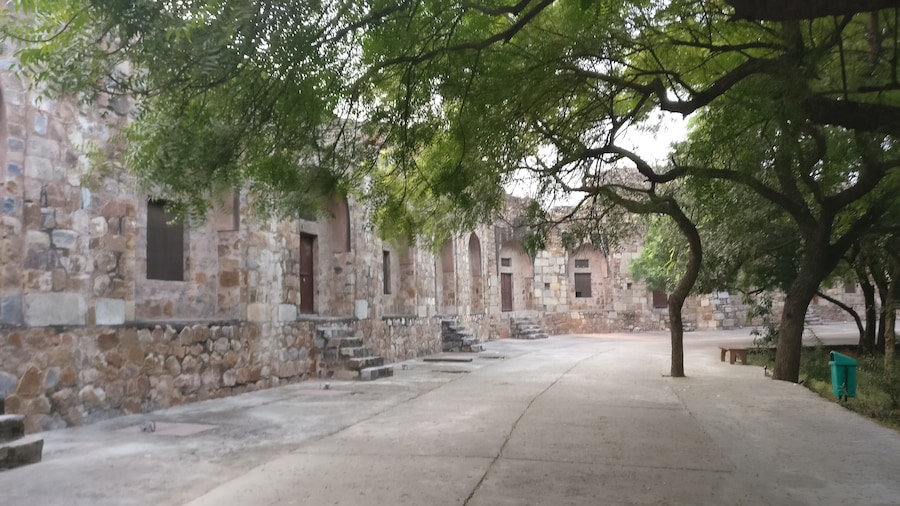This 16th-century emperor’s garden tomb, commissioned nine years after the ruler’s death, is an early example of red sandstone and marble Mughal architecture.
Humayun’s Tomb in New Delhi is the first distinct example of Mughal-style architecture in India. Building for the site began nine years after the emperor’s death in the 1500s, and was commissioned by his widow Hamida Banu Begam. Today, the tomb is an internationally protected World Heritage Site.When you enter the walled enclosure, you will see part of the huge square garden, divided into four parts. Wander along the large, paved walkways that separate the well-maintained lawns in the garden. The paths have narrow water channels running through the middle of them. These channels represent the four rivers that are said to flow in jannat (the Islamic conception of paradise).The huge two-story structure was built with red sandstone and has a double dome at the top. Stroll around the tomb to see the marble borders and panels used to decorate the exterior of the mausoleum.There are a number of graves of other Mughal rulers inside the walled enclosure, including the Barber’s Tomb on the southeastern side. This tomb, which is said to belong to the one-time royal barber, is on a raised platform and is also covered with a double dome.English-speaking tour guides take small and large groups through the site. These tours are particularly helpful if you want to learn about some of the other graves in the garden that do not have information panels.Foreigners pay more to visit the tomb than locals, but the entry fee is still very affordable.
Humayun’s Tomb is a 15-minute drive from downtown New Delhi and is easily accessible by public transport. Buses run from downtown to Dargah Hazrat Nizamuddin, a trip that takes about 20 minutes. It’s 10-minute walk from Dargah Hazrat Nizamuddin to the tomb.
